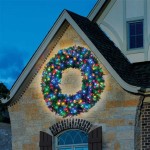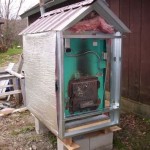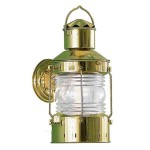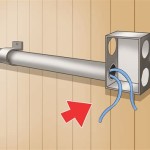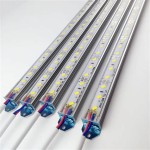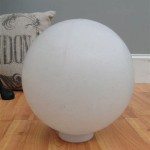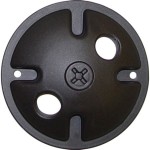Essential Aspects of Cables for Outdoor Use
Cables designed for outdoor use play a critical role in various applications, from powering devices to transmitting data and signals. Understanding their essential aspects is crucial to ensure durability, reliability, and safety in harsh outdoor environments. This article explores the key factors to consider when selecting and using cables for outdoor applications.
Conductor Material
The conductor material determines the cable's ability to carry current and resist corrosion. Copper is a common choice for outdoor cables due to its excellent conductivity and resistance to oxidation. Aluminum is another option, offering lightweight and cost-effective alternatives.
Insulation
Insulation protects the conductors from moisture, UV radiation, and mechanical damage. Outdoor cables typically use polyethylene (PE), cross-linked polyethylene (XLPE), or polyvinyl chloride (PVC) insulation. PE provides UV resistance, while XLPE offers better resistance to moisture and higher temperatures.
Sheathing
The sheathing provides an outer layer of protection against environmental factors. Outdoor cables often utilize materials like polyethylene terephthalate (PET), polyurethane (PUR), or polyvinyl chloride (PVC) for their sheathing. PUR offers flexibility and resistance to abrasion, while PVC provides resistance to chemicals and moisture.
Resistance to UV Radiation
Exposure to sunlight can degrade insulation and sheathing materials over time. Cables for outdoor use should be rated for UV resistance to prevent premature deterioration and maintain their performance.
Waterproof and Moisture Resistance
Outdoor cables must withstand exposure to rain, snow, and other moisture. Waterproof and moisture-resistant cables feature sealed connectors and internal moisture barriers to prevent water ingress and ensure reliable operation.
Temperature Range
Outdoor cables must function properly in a wide range of temperatures. Cables rated for extreme temperatures can withstand freezing conditions in winter and high temperatures in summer, ensuring consistent performance and preventing insulation damage.
Mechanical Strength
Outdoor cables are often subjected to physical stress, such as twisting, bending, or crushing. Cables with reinforced jackets and stranded conductors provide increased mechanical strength and durability, ensuring longevity in demanding environments.
Flexibility
Flexible cables are easier to install and route in tight spaces or around obstacles. This flexibility is essential for outdoor applications where cables may need to be bent or positioned in various configurations.
Conclusion
Selecting and using the appropriate cables for outdoor use requires careful consideration of essential aspects such as conductor material, insulation, sheathing, UV resistance, waterproofness, temperature range, mechanical strength, and flexibility. These factors contribute to the durability, reliability, and safety of cables in harsh outdoor environments. Understanding these key aspects allows for informed decisions and ensures the optimal performance of cables for outdoor applications.

What Makes Electrical Cables Suitable For Outdoor Use Yifang Electric Group Inc

How To Choose A Suitable Outdoor Network Cable

External Cat6 Outdoor Use Copper Ethernet Network Cable Reel Utp 50m Black

Uv Resistant Electric Cable With Turquoise Fabric Lining

External Shielded Cat6a Outdoor Use Copper Ethernet Cable S Ftp Reel 50m Black

Bv Bvv Bvr Rvv Rvvb Cable Indoor And Outdoor Use Electrical Wire Building China Electric Low Voltage Power Cables Made In Com

Outdoor Network Cable Av Connection

External Shielded Cat6 Outdoor Use Copper Ethernet Cable Ftp Reel 100m

Outdoor Electrical Cable A Free All Inclusive

Black 2 5mm 3 Core Nyy J Hi Tuff Wire Cable For Outdoor Use Ponds Lighting
Related Posts

